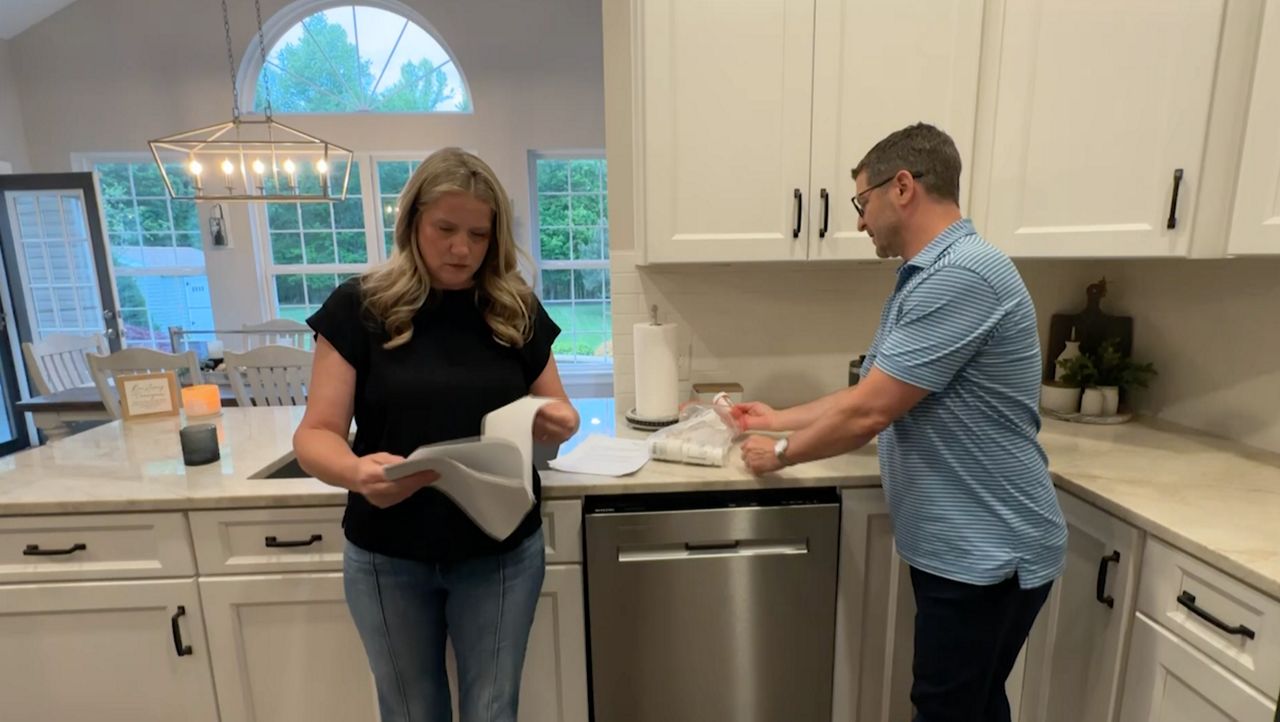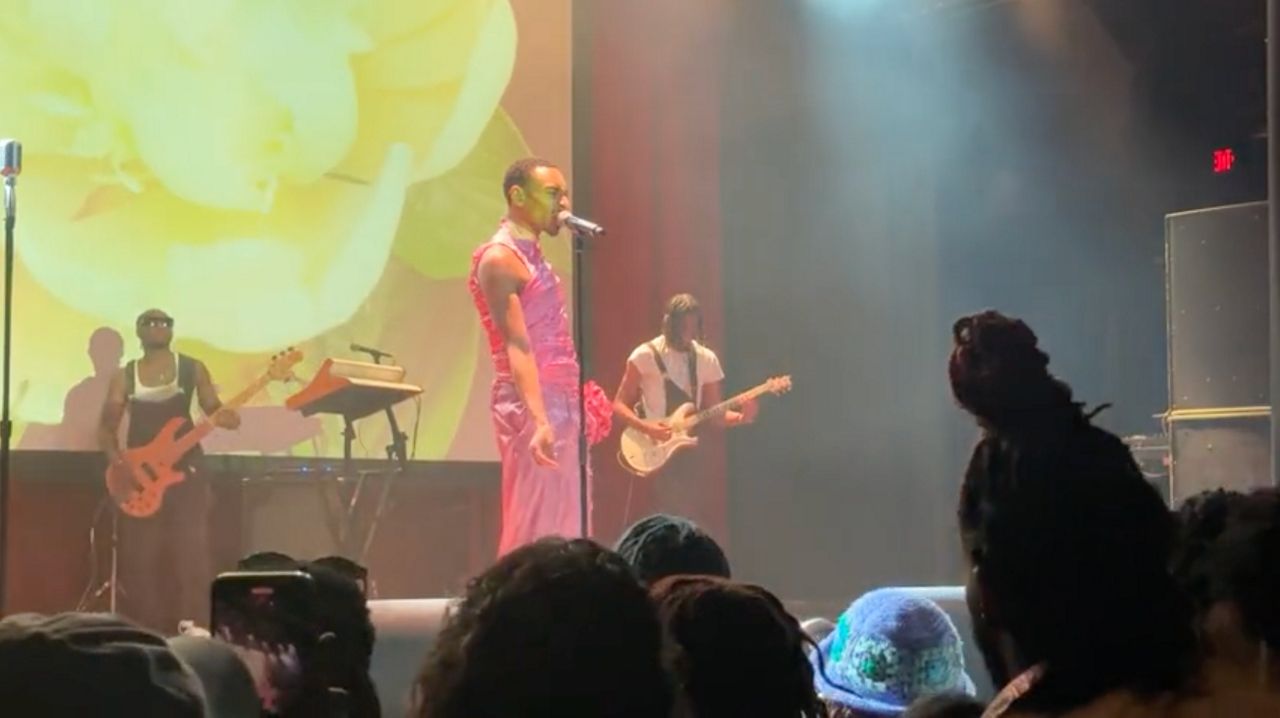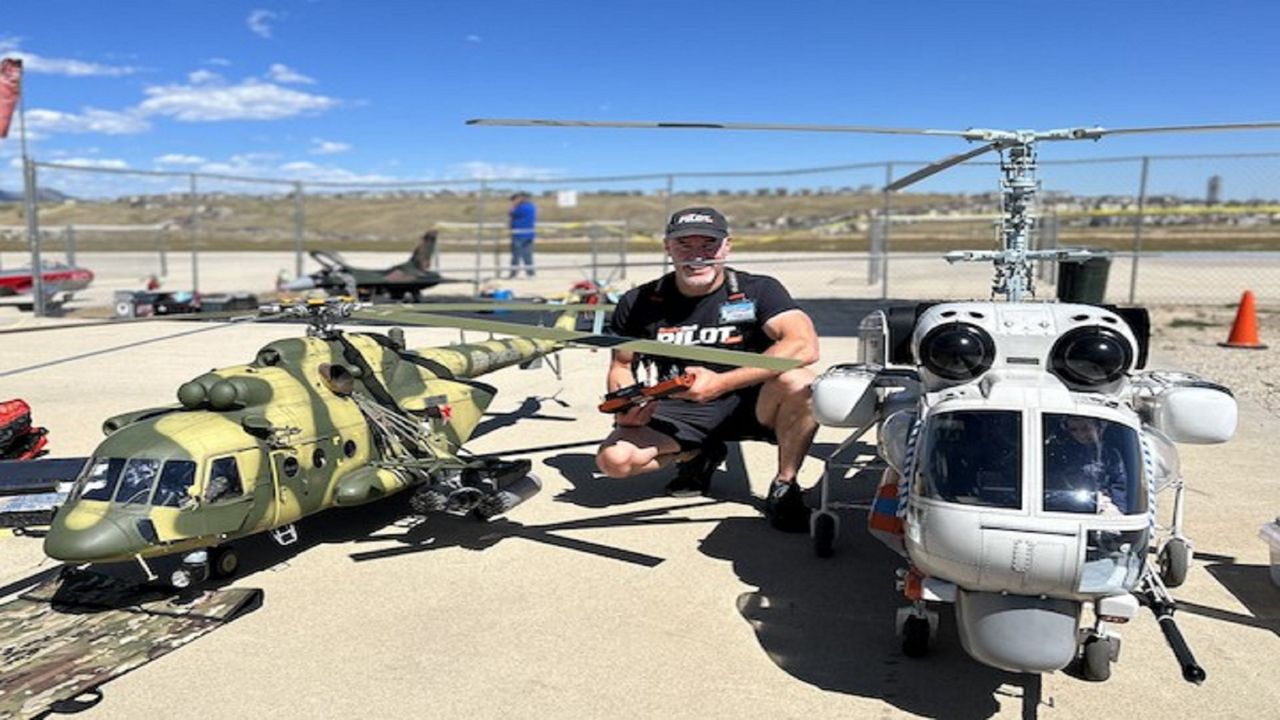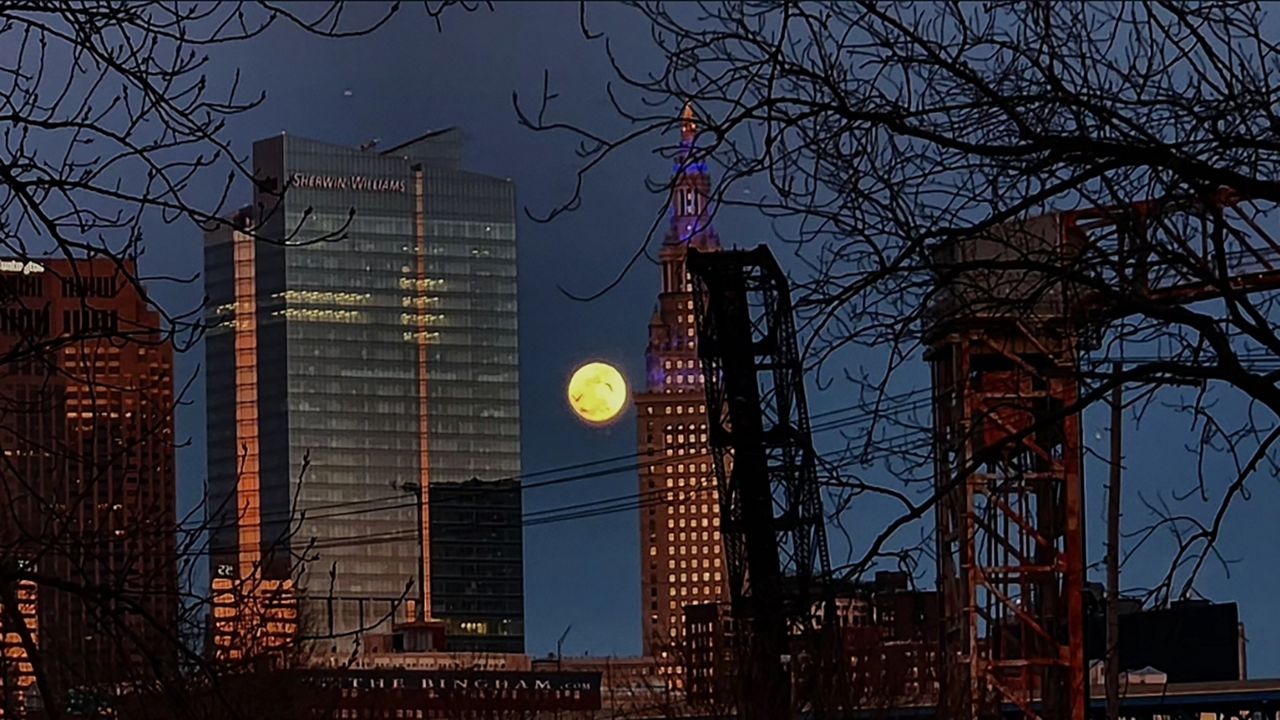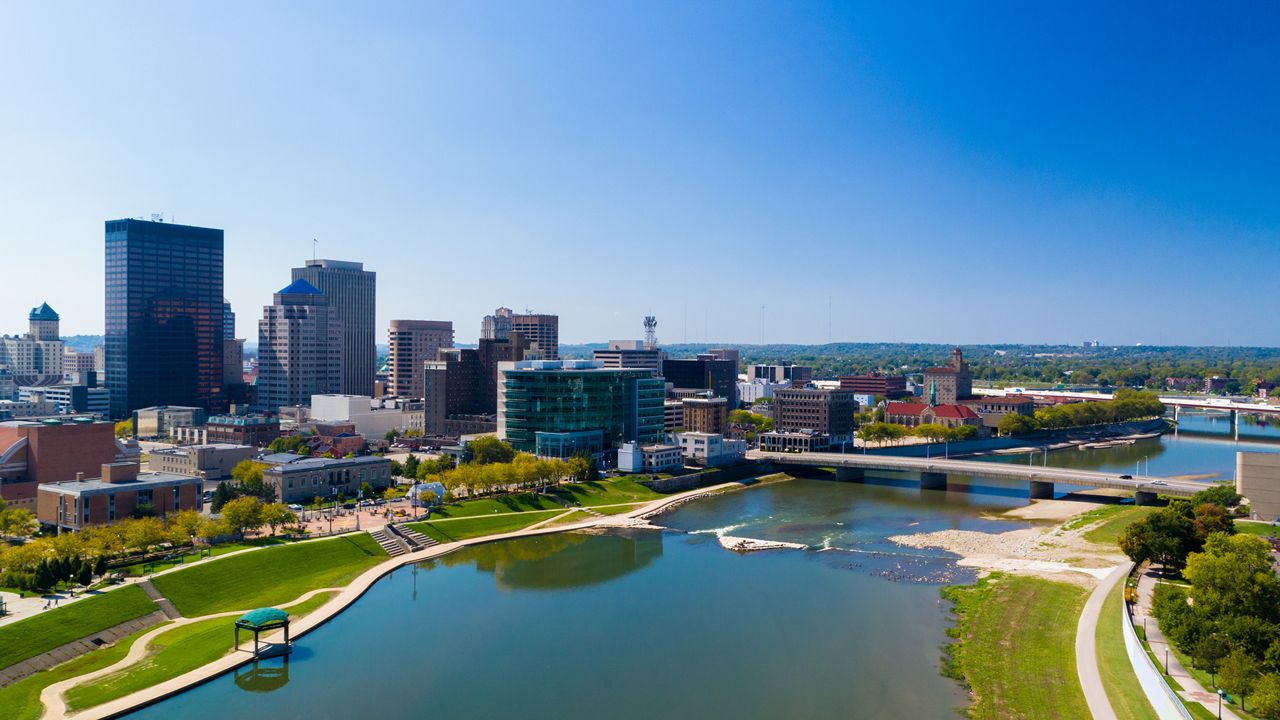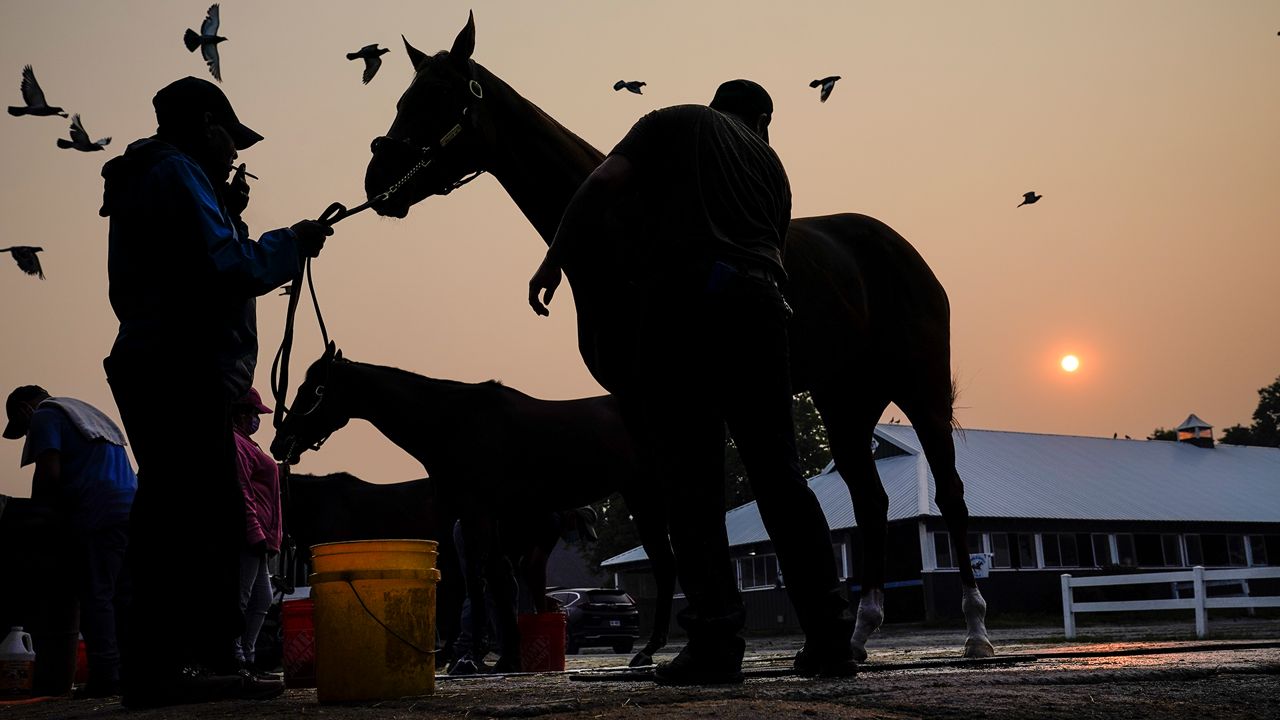CLEVELAND — May is Stroke Awareness Month, and doctors say there’s a misconception that strokes happen to older people, but there’s been an uptick in younger adults.
Michael Doran had his wife drive on the way home from a lake vacation in September 2024. It was very unlike him.
“I made it about halfway home, and then I asked my wife to drive the rest of the way,” Doran said.
He’d had a headache for over 24 hours.
“It was just not your normal headache, hard to explain,” Doran said.
Doran worked from home the next day.
“I sent the email at 11:18. At 11:21, she was calling 911," Doran said.
His wife said she found him passed out. He was having a stroke and was airlifted to Cleveland Clinic main campus.
“The misconception is that stroke is only a disease of older people, but the reality is, unfortunately, that we do see this in younger and younger people,” said Dr. Shazam Hussain, director of the Cerebrovascular Center at Cleveland Clinic.
He said there’s been in uptick in strokes in people between the ages of 46 to 65.
“We’ve generally speaking, we’ve become less active, have more risk factors, things like high blood pressure and diabetes,” Hussain said.
Hussain adds there’s one lesser-known cause: genetics.
The common signs of a stroke are summed up in the acronym BE FAST.
- Balance: Difficulty with balance
- Eyes: Trouble with vision
- Face: Droopiness on one side
- Arm: Weakness in arm or legs
- Speech: Difficultly with speaking
- Time: Time sensitivity because one should call 911
“We also warn about this really intense, severe, worst headache of one’s life,” Hussain said.
He added that there are several ways to treat stroke and that it’s important to seek medical care promptly.
Doran now has a stent
“I definitely don’t take anything for granted anymore,” Doran said.





